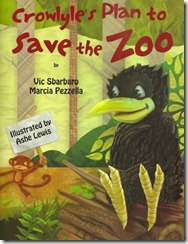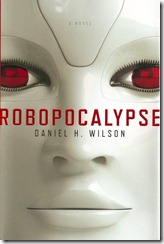
First introduced in "Crowlyle Finds His Caw," a tale about the importance of honesty, Crowlyle the crow is back with a bouncy story that shows the power of volunteering. "Crowlyle's Plan To Save the Zoo" ($12.95 in paperback from North State Children's Books) by Vic Sbarbaro and Marcia Pezzella is graced with delightful full-page, full-color illustrations by Ashe Lewis. The book is available locally at the Chico State University Associated Students Bookstore and Lyon Books in Chico.
Sbarbaro is a Certified Health Education Specialist who teaches at both Chico State University and Butte College. According to an author's note, he also "specializes in ... multicultural education issues, emergency care and aquatic safety." Pezzella, his sister, "was born and raised in Weed," had careers in the entertainment field and special education for disabled children, and now in retirement helps her husband in the restaurant business.
Lewis is "majoring in Communication Design and Applied Computer Graphics" at the university, where she was lead illustrator for the Orion. Her whimsical art invites the reader into Crowlyle's world, which is always on the move. Eli Elephant "walks the ropes," Tia tiger approaches the ring of fire, Hop Hippo belts out a tune, as all the animals put on a talent show to raise funds for the beleaguered local zoo. "When you do a good deed / Surely you can earn respect / Helping those in need / For a worthy zoo project."
Everyone will have to hurry. No time for Crowlyle to sleep in. "The children are full of sorrow / And are feeling very blue / The zoo will close tomorrow / They don't know what to do."
Crowlyle "has a plan / The idea is so cool / His friends take a stand / Then go to the school." He enlists volunteers to set up a "veggie shack" to raise funds, and his animal friends strut their stuff.
Together the animals save the day. "Crowlyle thanked everyone / With pride in his heart / Be very proud for what is done / Since you all did your part." The lesson for readers? "Take some time from your day / Giving thanks for all you do / Watch animals as they play / And support your public zoo."



